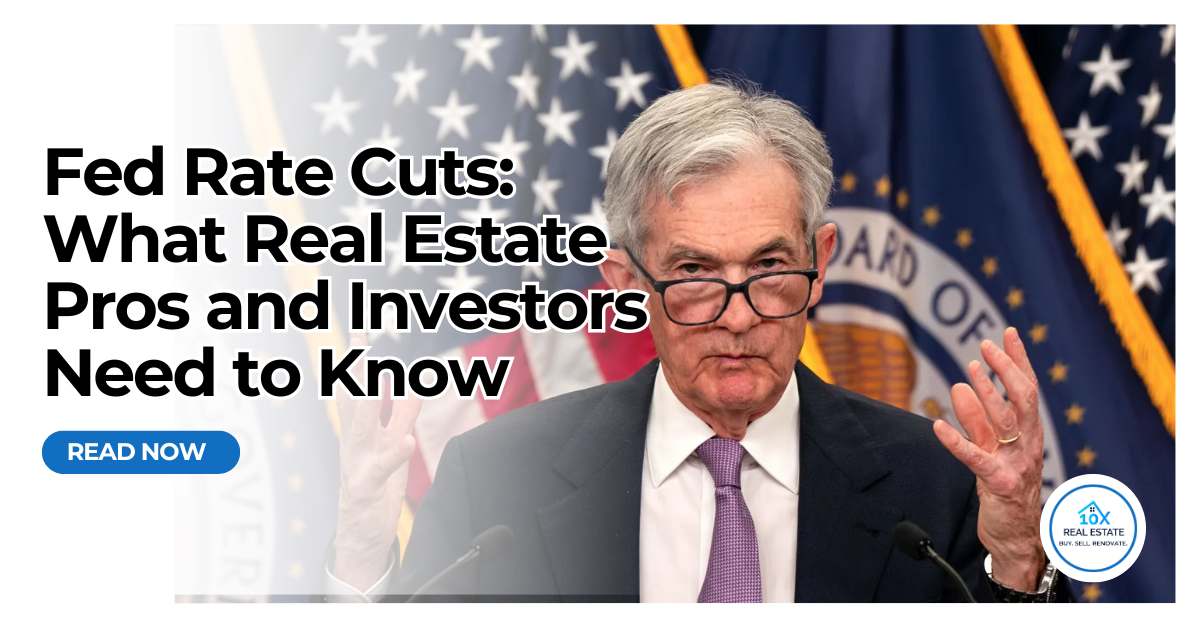If you’ve been keeping an eye on the Federal Reserve’s actions, you’ve probably noticed something puzzling. The Fed keeps lowering rates to stimulate the economy, but instead of following suit, other rates—like mortgage or credit card rates—are moving in the opposite direction. What’s going on? Let’s break it down in plain language.
The Fed Doesn’t Control Everything
First, a quick primer: The Federal Reserve adjusts something called the federal funds rate. This is the rate banks charge each other for overnight loans. It’s a short-term rate, and while it influences other rates, it doesn’t directly control them.
Long-term rates, like those for mortgages, depend on a whole other set of factors. They’re driven by investor behavior, inflation expectations, and global economic trends. That’s why the Fed can lower its rate, but your mortgage rate might still rise.
Inflation Is the Big Elephant in the Room
One of the biggest players in this rate drama is inflation. When investors think inflation will increase, they demand higher interest rates to offset the loss of purchasing power.
Let’s say the Fed cuts rates to boost the economy. That sounds good in theory, but it can also trigger fears of rising inflation down the road. If that happens, lenders start raising long-term rates to protect themselves, which makes borrowing more expensive for you.
Blame the Bond Market
Here’s another twist: Mortgage rates tend to follow the yield on the 10-year Treasury bond. Why? Because they’re both tied to long-term lending.
If investors start selling U.S. Treasury bonds (due to concerns about government debt, inflation, or better opportunities elsewhere), the bond yields go up. Higher bond yields mean higher mortgage rates.
So even if the Fed lowers rates, changes in the bond market can push long-term rates higher. It’s a little like trying to steer a boat—what happens on the surface (short-term rates) doesn’t always match the deeper currents (long-term rates).
Good News Can Be “Bad News” for Borrowers
Here’s an ironic twist: When the economy is doing well—think strong jobs reports or booming consumer spending—long-term rates often rise. Why? Because lenders figure the economy can handle higher borrowing costs.
In other words, good economic news can lead to higher rates, even if the Fed is trying to keep them low.
Global Factors Are at Play, Too
The U.S. doesn’t operate in a vacuum. International markets have a say in what happens to interest rates here. If foreign investors start pulling money out of U.S. bonds or shifting to other markets, it can push U.S. rates higher.
For example, if another country offers better returns or if global instability makes U.S. debt seem riskier, investors will look elsewhere. That reduced demand for U.S. bonds leads to higher yields—and higher rates for you.
Risk, Perception, and the Fed’s Messaging
Sometimes, it’s not the actual economic conditions but how people feel about them that drives rates up. When the Fed cuts rates aggressively, it can signal that they’re worried about the economy. That can spook investors, causing them to demand higher rates as a cushion against uncertainty.
It’s a bit of a domino effect: The Fed’s moves can indirectly raise long-term rates, even though their goal is to lower them.
So, What Does This Mean for You?
If you’re planning to buy a home, refinance, or take out a loan, don’t just look at the Fed’s decisions. Pay attention to the bigger picture—inflation, bond yields, and even global news.
While it’s frustrating to see rates rise when you expected them to fall, understanding these dynamics can help you make smarter financial decisions. Timing your loan or locking in a rate at the right moment could save you thousands.
The Bottom Line
The Fed might set the stage, but the market writes the script. Rising rates during a rate-cutting cycle might seem like a contradiction, but they’re a reminder that the economy is complex—and often unpredictable.
So, keep an eye on those headlines, but remember: The story of interest rates is always about more than just the Fed.




